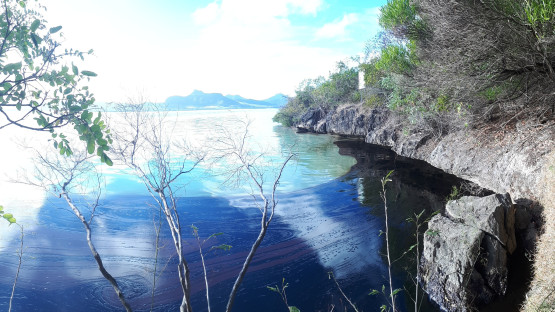Marine and coastal ecosystems play a critical role in the health of the ocean and the planet, but their delicate balance must be maintained. One of the major threats to this balance comes from oil spills, which can have devastating impacts on these ecosystems and the communities that depend on them.
When faced with oil spills, countries need as many tools and as much information as possible to help mitigate the environmental impacts, identify the source of spills and evaluate seafood for contamination from toxic substances. Using nuclear and isotopic techniques, the IAEA Marine Environment Laboratories in Monaco support them in achieving these goals.
“Each oil spill is different and requires unique sets of questions to be asked,” said Philippe Bersuder, Head of Marine Environmental Studies Laboratory at the IAEA. “Using nuclear and isotopic techniques to accurately measure and trace oil spills, we provide countries with the tools they need to mitigate the damage and assess the risk to human health.”
Crude oils consist of complex mixtures of hydrocarbons and other substances, and they vary depending on geographical origin and producer. The complexity of these mixtures provides an identifying “fingerprint” that can be used to trace oils spilled into the marine environment to the source of the pollution – which is critical to post-spill mitigation.
When marine oil spills do occur, IAEA scientists use equipment such as gas-chromatography mass-spectrometers to identify the chemical makeup of oil samples. “We use these fingerprinting techniques to determine the origin of the spilled oil, which can provide countries with scientific evidence needed to help identify responsible parties and develop long term monitoring strategies,” said IAEA research scientist Imma Tolosa. Through the IAEA’s technical cooperation programme, the IAEA Marine Environment Laboratories also build capacity in countries affected by oil spills and provide national environmental scientists with equipment to conduct analyses, as well as reference materials for laboratory quality assurance purposes.







